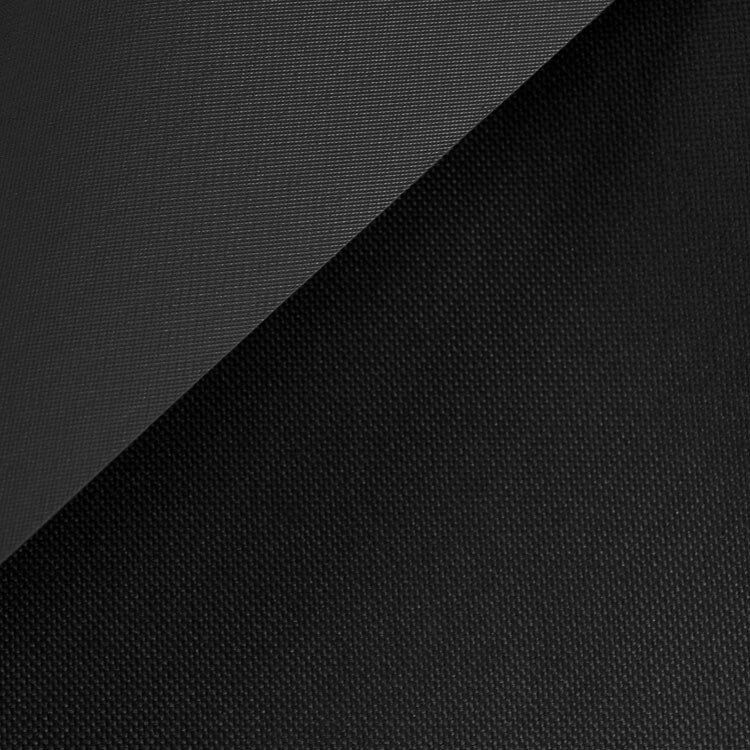PVC-Coated Polyester Product Spotlight Video
PVC-Coated Polyester Fabric Product Guide
Common uses for PVC polyester:
- Transportation: truck tarps/covers/side walls.
- Construction: Oil booms, tarps, commercial sewing.
- Amusement/recreation: tents/awnings, inflatables, pool covers, boat/pontoon/ATV covers.
- Athletics: Gym and athletic mats, wall padding. Loading dock and door: roll-up doors, dock seals, industrial curtains.
- Food service and restaurants: equipment covers, patio enclosures
It’s often recommended to dry clean PVC polyester, but it can be washed with cool or warm water and a mild cleaning agent. Do not machine wash PVC polyester. Use a spray bottle or non-abrasive tool like a sponge or cloth to apply the cleaning solution. If this isn’t enough to clean the fabric, you can gently clean it with a soft-hair brush. Allow the cleaning solution to remain on the fabric for a few minutes, then wipe it dry with a dry cloth or sponge. Avoid using strong cleaning solvents like acetone, ethers, gasoline, kerosene, and benzene. Strong oxidants and strongly acidic products should also be avoided.
Make sure the fabric is completely dry before storing. Try to keep it in a dry place with temperatures between 10 and 30 degrees Celsius. Colder temperatures can stiffen the materials, leading to wrinkling and possibly breaking. Higher temperatures can make the material sticky, and possibly cause the coating to come off. Rolling is better than folding and bending when putting into storage. Indoor or weather-proof outdoor areas are recommended.
Use clips instead of pins to avoid making permanent holes in the fabric. When sewing PVC polyester, we recommend using a new sharp needle, size 12 or 14 will work but you can also use a denim or leather needle. All-purpose thread will work fine with this fabric. Extent the stitch length to about 3mm. If the stitch length is too short it will create many holes in close proximity, which could lead to tearing or puckering. For curves, you may need to switch back to a normal stitch length. We recommend testing out your stitches on a scrap piece before starting.
This fabric should not be ironed as the heat could cause the coating to melt. Instead, try pressing the seam with your fingers. It may help to use a Teflon presser foot to avoid the fabric from sticking. You can also use matte tape on the bottom of your normal presser foot. The poly-vinyl coating prevents the fabric from fraying, so you don’t have to finish the edges.

